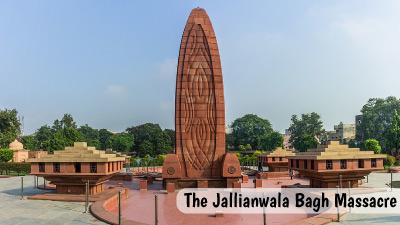All voices have a pitch, a timbre that slots them in a certain category. Do you know what they are?

How do you determine your voice type? You might think it depends on vocal range. But that is only a small part of it. What decides your voice type is timbre or tonal quality. Timbre is different from a musical note. A note refers to the pitch, which falls on a specific place on the scale. Timbre, on the other hand, is the texture of the voice.
There are six main vocal types in classical or operatic singing. Each of these types has a distinct vocal range and timbre.
Can you arrange these notes in sequence?
Breathing is as important to fitness as exercising. Now use the letters of this word to fill the grid.

When you run, jump, or stretch, your muscles need energy — and breathing gives them that. Taking deep breaths brings oxygen into your body, helping you stay strong and full of energy. Breathing the right way also keeps you calm, focused, and ready for action. Remember to breathe in, breathe out, and let your body do its best!
BREATHING is the word for this Wordoku. Can you solve it? It’s just like a Sudoku, but instead of numbers from 1-9 you have the letters B-R-E-A-T-H-I-N-G. Fit these letters in the grid so that each letter appears only once in each row, column and 3*3 grid.
A fun number puzzle that makes you think. Let’s see if you can solve this Sudoku grid!

A Sudoku is a grid consisting of columns, rows and blocks. This is a 9*9 grid.
How to play
The objective of the game is to fill the missing digits into the grid. Use digits 1 to 9 to fill this 6×6-grid. In each column, row and block you can use a digit only once.
Rules
1. Each row will, upon completion, contain all of the digits from 1 to 9.
2. Each column will, upon completion, contain all of the digits from 1 to 9.
3. Each block will, upon completion, contain all of the digits from 1 to 9.
Geography, wildlife, environment… this crossword is all about our home planet and the various lifeforms it hosts.

With Earth Day coming up next week, here’s a crossword around the beauties of the Earth. Use the picture and text clues to fill the grid.
Some fun reads to inspire you towards sustainable practices. Pick up these books and expand your horizon.

Today, when we talk about the Earth, one of the hot topics is sustainability. What does that word mean? Sustainability involves taking care of the environment through mindful actions and preserving it to make sure that there are adequate resources for future generations. Here are some books to inspire you towards various sustainable practices.
Move the slider from right to left to read more about each book.
The IPL 2025 season is brimming with new talent making imrpessive debuts on the big stage. Do you know these players?

The Indian Premier League (IPL) isn’t just about big names, it’s also a grand stage for fresh talent. From blistering knocks to fiery spells, several debutants have already started making headlines with their performances in the 2025 season.
This quiz is all about the young guns who are turning heads in their very first IPL outing. Can you guess which teams they represent?
Photos: Shiv Kumar Pushpakar, AFP, Reuters, PTI
Learn more about World Art Day and how you can celebrate with these FAQs. Read on.


Paint, draw, build, and create a colourful world filled with art. World Art Day on April 15 celebrates creativity, expression, and the power of art to connect people.
What happened at Jallianwala Bagh on that fateful day in April 1919? Read on and find out.

On the afternoon of April 13, 1919, at least 10,000 people including women and children gathered at the Jallianwala Bagh, which was an almost completely enclosed space with just one exit. Read on to learn what transpired there that day and why it is one of the darkest days in the history of our country.
Click on ‘turn’ to flip the card. Click on the arrow to move to the next card.
Are you keeping track of the news? Here are some items that you may have missed.

There’s a lot going on across the world and we bring you some interesting snippets of news. Read on…
Science and laboratories go together. Here is a simple explainer about what a laboratory is all about.











